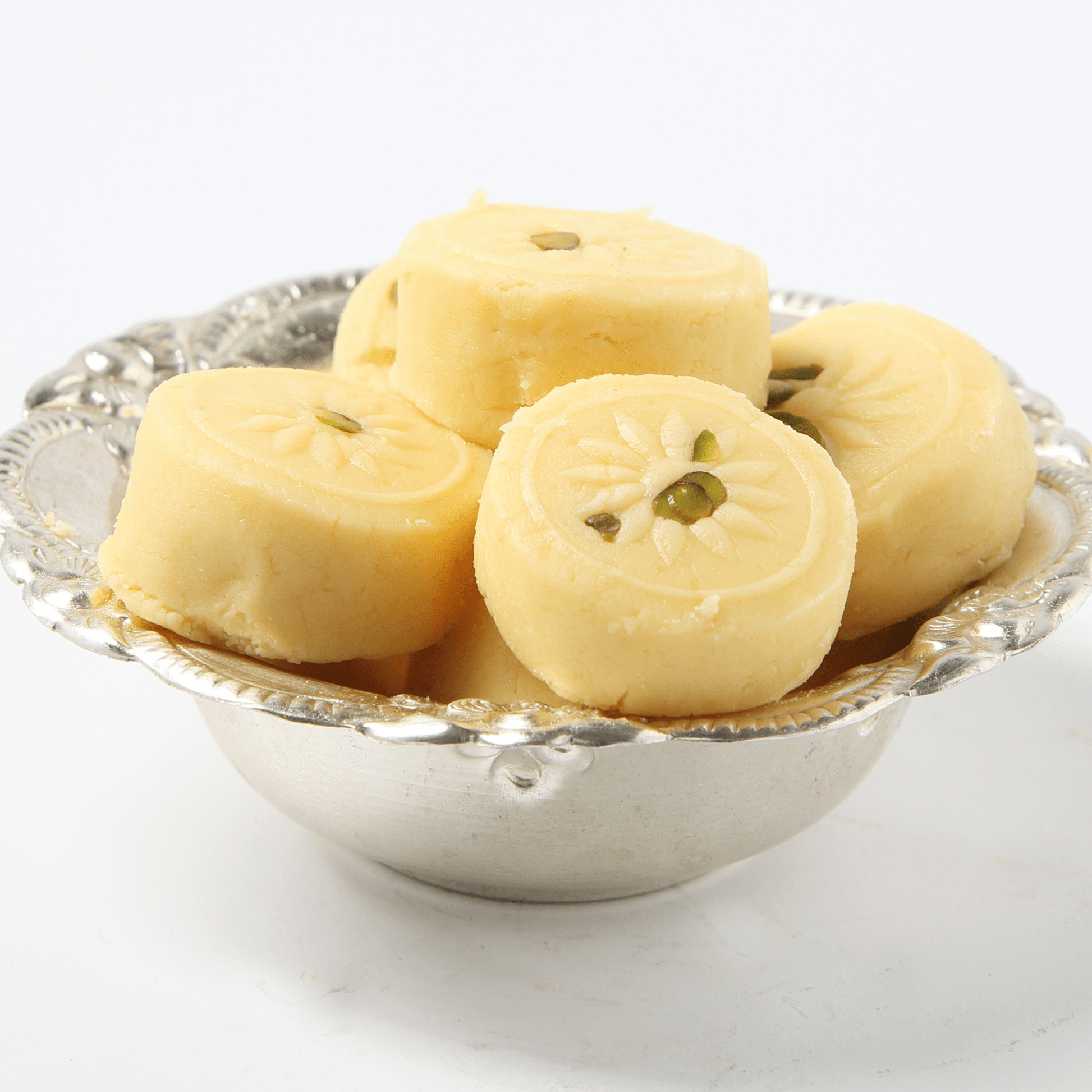When it comes to traditional Indian sweets, peda holds a cherished place in the hearts of dessert lovers nationwide. This humble, melt-in-your-mouth delight has a rich history and is often made with only a few ingredients. Whether enjoyed as a casual treat, a festival staple, or a sweet gift, peda’s popularity knows no bounds. Let’s delve into what makes peda an enduring favorite and why it’s still loved across India.
A Glimpse into the Origins of Peda
Peda has roots that go back centuries, originating from the town of Mathura, Uttar Pradesh. Originally made as an offering in temples, peda quickly spread throughout the Indian subcontinent, with each region adding its unique twist to the recipe. This versatile sweet evolved to include variations like doodh peda, kesar peda, and even chocolate peda, each crafted with distinct flavors and textures.
The Simplicity and Charm of Traditional Peda
What sets peda apart from other sweets is its simplicity. The classic version is crafted with just a few ingredients: milk, sugar, and cardamom. The milk is carefully reduced to a thick, caramelized consistency, which lends peda its rich and slightly grainy texture. The inclusion of cardamom enhances its aroma, making each bite an indulgent experience. This simplicity and use of wholesome ingredients give peda its authentic, classic appeal.
Why Peda is Loved Across India
The love for peda is deeply rooted in tradition and cultural significance. It’s a sweet that goes beyond taste; it represents celebrations, blessings, and the joy of giving. Peda is a staple at festivals, weddings, and religious ceremonies. During Diwali, pedas are exchanged as a symbol of goodwill and prosperity. In temples, it’s often offered as prasad, adding to its sacred significance.
Regional Varieties and Innovations
While traditional doodh peda remains popular, different regions in India have innovated to create unique versions of peda:
- Mathura Peda: Known for its crumbly texture and brownish hue, Mathura peda has a distinctly caramelized flavor, offering a nod to its birthplace.
- Kesar Peda: This variation incorporates saffron, giving it a warm, golden color and a rich flavor. It’s particularly popular in Rajasthan and Gujarat.
- Chocolate Peda: A modern twist, chocolate peda appeals to a younger audience and combines the richness of cocoa with traditional ingredients.
- Dry Fruit Peda: Packed with almonds, pistachios, and cashews, this version is often enjoyed as a healthy indulgence.
Anand Sweets & Peda: A Commitment to Quality and Tradition
Anand Sweets brings the finest peda, crafted with a commitment to quality and tradition. Their doodh peda is made with premium ingredients to ensure every bite is true to the authentic taste of India. The attention to detail and purity in ingredients make Anand Sweets’ peda a top choice for those seeking quality sweets that echo traditional flavors.
Health Benefits of Peda
Though peda is often enjoyed as a treat, it also offers some nutritional benefits:
- Calcium-Rich: Made with milk, peda provides a good source of calcium, essential for bone health.
- Energy Boost: Its sugar content offers a quick boost of energy, making it a favorite for celebrations and festive energy.
- Protein and Nutrients: Milk, the primary ingredient, is rich in protein and essential nutrients like potassium and magnesium.
Why Peda Makes a Perfect Gift
Peda’s versatility and popularity make it an ideal gift. It suits all occasions, from birthdays to religious festivities, and its long shelf-life makes it easy to store and share. It’s a delightful gift that combines a taste of tradition with heartfelt sentiment, perfect for festivals like Diwali or for expressing gratitude.
Conclusion: A Sweet Legacy
Peda is more than a dessert; it’s a piece of cultural heritage that carries generations of tradition and love. Its journey from the temples of Mathura to homes across India reflects its timeless appeal. Whether you savor a piece from Anand Sweets or share it with family, peda is a sweet reminder of India’s culinary richness and the joy of togetherness.

